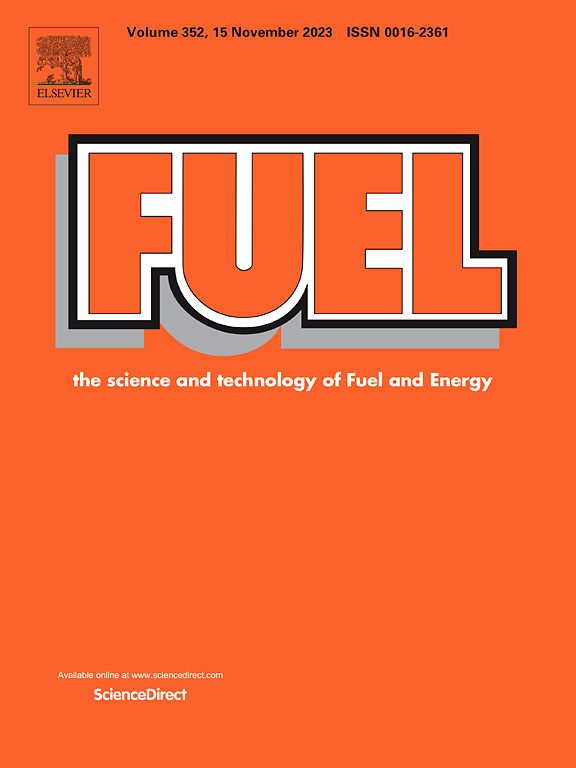Microstructure and physical properties of hydrate-bearing sediment: Digital core and deep learning application
IF 7.5
1区 工程技术
Q2 ENERGY & FUELS
引用次数: 0
Abstract
Revealing the microstructural characteristics of hydrate-bearing sediment is crucial for understanding reservoir physical properties, yet traditional experimental methods are limited by insufficient resolution and inability to quantify cross-scale correlations between hydrate micro-morphology and macro-properties. This review comprehensively summarizes the latest advances in digital core technology and deep learning for hydrate-bearing sediment research, focusing on deep learning-driven techniques for image denoising, segmentation, enhancement, and 3D reconstruction, alongside physical property prediction. Therefore, deep learning techniques provide a revolutionary technological pathway for resolving the microstructural evolution of hydrate-bearing sediment and their macroscopic physical properties through intelligent image processing. We systematically evaluate traditional and deep learning-based methods through comparative case studies across diverse sediment types. Deep learning algorithms significantly outperform traditional filters in handling complex noise and segmenting low-contrast multiphase interfaces, while generative adversarial networks enable efficient 3D reconstruction from limited 2D data. However, deep learning-based prediction of macro-properties remains nascent due to challenges in data scarcity and model generalization. This review provides the first holistic synthesis of deep learning applications in hydrate-bearing sediment digital core analysis, highlighting its transformative potential in bridging the critical micro–macro gap—a key frontier for future hydrate resource assessment and exploitation.
含水沉积物的微观结构与物理性质:数字岩心与深度学习应用
揭示含水合物沉积物的微观结构特征对于理解储层物性至关重要,但传统的实验方法受到分辨率不足和无法量化水合物微观形态与宏观性质之间跨尺度相关性的限制。本文全面总结了数字核心技术和深度学习在含水沉积物研究中的最新进展,重点介绍了深度学习驱动的图像去噪、分割、增强、3D重建以及物性预测技术。因此,深度学习技术为通过智能图像处理解决含水沉积物微观结构演化及其宏观物理性质提供了革命性的技术途径。通过不同沉积物类型的比较案例研究,我们系统地评估了传统方法和基于深度学习的方法。深度学习算法在处理复杂噪声和分割低对比度多相界面方面明显优于传统滤波器,而生成对抗网络可以从有限的2D数据中实现高效的3D重建。然而,由于数据稀缺性和模型泛化的挑战,基于深度学习的宏观属性预测仍然处于起步阶段。这篇综述首次全面综合了深度学习在含水沉积物数字岩心分析中的应用,强调了其在弥合关键的微观-宏观差距方面的变革潜力,这是未来水合物资源评估和开发的关键前沿。
本文章由计算机程序翻译,如有差异,请以英文原文为准。
求助全文
约1分钟内获得全文
求助全文
来源期刊

Fuel
工程技术-工程:化工
CiteScore
12.80
自引率
20.30%
发文量
3506
审稿时长
64 days
期刊介绍:
The exploration of energy sources remains a critical matter of study. For the past nine decades, fuel has consistently held the forefront in primary research efforts within the field of energy science. This area of investigation encompasses a wide range of subjects, with a particular emphasis on emerging concerns like environmental factors and pollution.
 求助内容:
求助内容: 应助结果提醒方式:
应助结果提醒方式:


